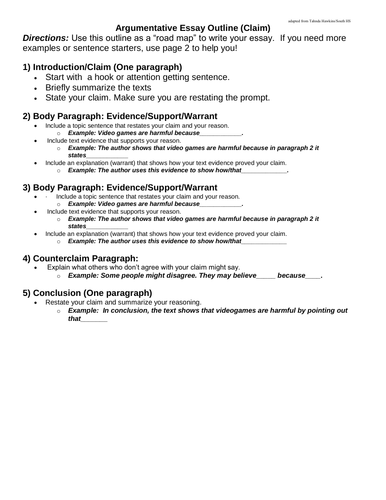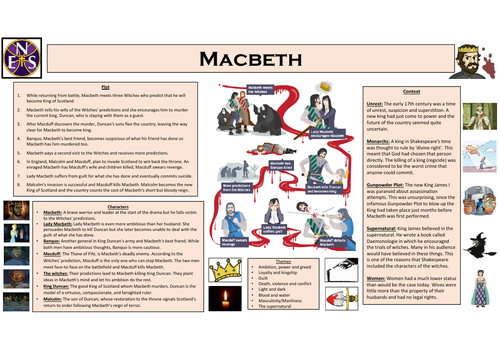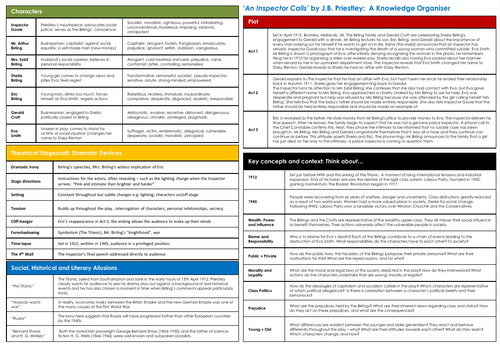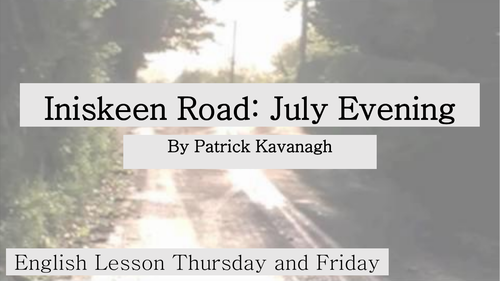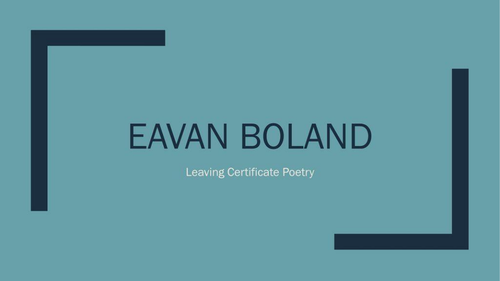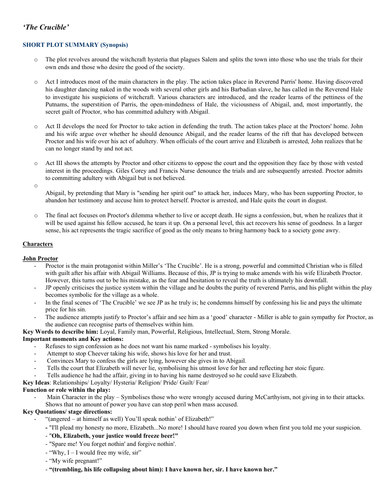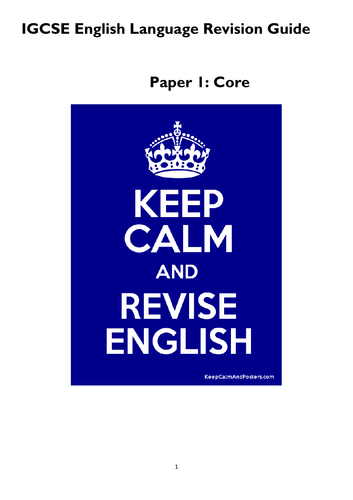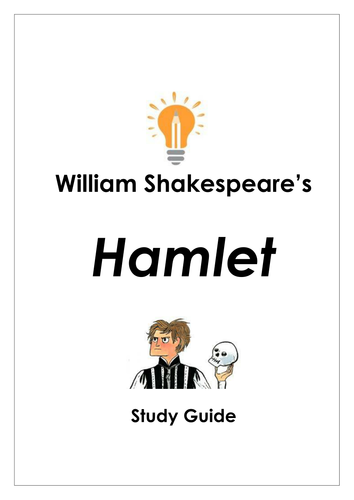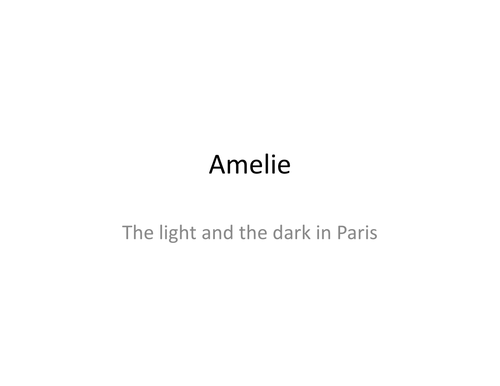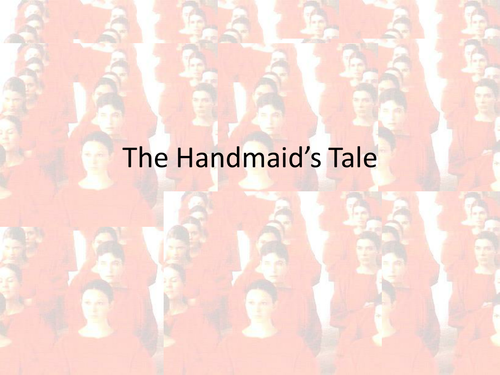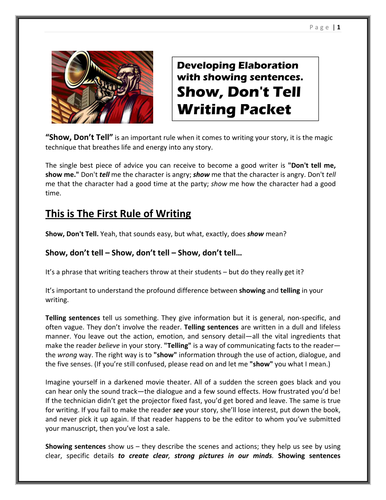
428Uploads
102k+Views
7k+Downloads
English

Lord of the Flies Study Guide
Easy differentiated Study guide with key vocabulary, plot close test, chapter questions and bullet point easy synopsis of each chapter

Patrick Kavanah Inniskean Road July Evening Worksheet
Patrick Kavanah Inniskean Road July Evening Worksheet and tasks
Summarized into topics:
Patrick Kavanagh and "On Raglan Road" poem/song
Diary entry from Patrick Kavanagh's perspective on the night of the poem
Drawing representing the song
Poem from the perspective of someone going to Billy Brennan's dance
Two drawings of Billy Brennan's dance - one in 1936 and one in a modern setting
Additional research on Patrick Kavanagh and his life.

Elizabeth Bishop Essay Planner
The Elizabeth Bishop guide is a short guide designed to help Leaving Certificate English students understand and analyze Elizabeth Bishop’s poetry. The document provides detailed explanations, strategies for writing poetry essays, and key insights into Bishop’s themes and stylistic techniques.
Key Features of the Document:
Introduction to Elizabeth Bishop’s Poetry:
The document begins by introducing Elizabeth Bishop as a poet whose work often delves into themes of personal experience, nature, survival, and identity. It emphasizes her distinctive style, marked by detailed observation and emotional restraint.
Understanding the Leaving Certificate Poetry Essay:
Students are guided on how to approach a poetry essay, focusing on the themes and stylistic features that are commonly examined in Bishop’s work. It outlines the importance of identifying key words in the question and how to structure a response around them.
Past Exam Questions:
The document includes a section with past exam questions related to Bishop’s poetry (e.g., from 2009 and 2013). These questions focus on analyzing the themes and language used by Bishop, providing students with real-world examples of what to expect in their exams.
Sample Essay Structure:
A step-by-step breakdown of how to write a poetry essay is provided. This includes guidance on:
Crafting a strong introduction that mentions the poet and key themes.
Writing body paragraphs that analyze individual poems, with a focus on techniques like imagery, simile, and metaphor.
Ending with a thoughtful conclusion that summarizes the main points and offers a personal reflection.
Sample Essay Paragraph:
The document includes a sample paragraph based on a past exam question. It demonstrates how to analyze a specific poem (e.g., The Fish) and link it to the themes of survival and resilience using vivid imagery and personal reflection.
Key Techniques in Bishop’s Poetry:
A list of important literary techniques used by Bishop, such as:
Imagery: Her ability to paint vivid pictures through descriptive language.
Symbolism: How objects or creatures in her poems symbolize larger human experiences.
Tone: The mood or attitude conveyed in her poems.
Personification: Attributing human qualities to non-human objects, often creating empathy for the subjects of her poems.
Practice Questions and Scaffolding:
The document provides students with a practice essay question and a clear scaffold for structuring their responses. The scaffold helps students break down their analysis and use quotes effectively in their essays.

King Lear Act 2 Revision Sheet Visual Guide for Students
This visual revision sheet for Act 2 of King Lear is designed to help students quickly and effectively review the key events, characters, and themes of the act. It includes emojis and student-friendly notes to make the content engaging and easier to understand.

Visual Revision Guide Kin Lear Act 3
This visual revision guide for Act 3 of King Lear is a powerful depiction of the scene’s central themes and emotions, all represented through symbolic imagery. At the center stands an old man, representing King Lear, battling against a fierce storm with dark clouds and violent winds, symbolizing both the literal storm on the heath and Lear’s inner turmoil. Surrounding Lear are key visual elements that represent significant moments and themes from the act:
A broken heart symbolizes betrayal, referencing both Edmund’s betrayal of Gloucester and the betrayal Lear feels from his daughters, Goneril and Regan.
A crying face conveys Lear’s emotional anguish as he struggles with feelings of abandonment and madness.
A handshake symbolizes loyalty, highlighting Gloucester’s steadfastness in helping Lear despite the risks involved.
The absence of text allows for the focus to be purely on these emotive symbols, making it an effective, visually appealing revision aid for students to interpret Act 3’s core messages at a glance.

Where the Crawdads Sing - Introduction
The PowerPoint slides on “Where the Crawdads Sing” offer a structured and visually engaging digital product for teaching Delia Owens’ novel. Here’s a description of its features:
Character Profiles: The slides provide concise summaries of major characters such as Kya, Chase, Tate, and others. These summaries help students quickly grasp the roles and significance of each character in the narrative, making it easier for teachers to facilitate discussions or assignments on character development.
Setting & Timeline: The presentation includes information on the setting, particularly the marshlands of North Carolina, and the timeframe, which spans from 1952 to 2009. This context helps students understand the historical and geographical backdrop of the novel, encouraging connections between the environment and themes of isolation and survival.
Plot Structure & Narration: The slides explain the novel’s dual plotlines (Kya’s life story and the murder investigation) and the use of third-person narration, which guides students through the novel’s structure. This is useful for teaching narrative techniques and the impact of storytelling choices.
Thematic Development: Key themes such as abandonment, isolation, survival, and the role of nature are highlighted. This feature allows teachers to delve into thematic analysis with students, encouraging them to explore how these elements influence the characters and the plot.
Major Events & Questions: Important events like the discovery of Chase’s body, Kya’s life milestones, and the trial are outlined. Thought-provoking questions related to these events are integrated, ideal for prompting classroom discussions or essay prompts.
Visual & Interactive Elements: The slides incorporate visuals that complement the text, making it easier for students to engage with the material. Teachers can use these slides to create interactive lessons, encouraging students to explore the novel through visual storytelling and critical thinking exercises.

Suffering in King Lear
“Suffering in King Lear: A Journey from Pride to Redemption”
In King Lear, Shakespeare masterfully explores the transformative power of suffering as a force that strips away pride and reveals the core of human vulnerability. This comprehensive guide examines Lear’s emotional, physical, and existential suffering, charting his journey from a powerful yet hubristic king to a humbled, self-aware father.
Through pivotal moments of betrayal, loss, and reflection, Lear’s suffering escalates—from the folly of dividing his kingdom in Act 1 to his physical and mental breakdown in the storm of Act 3, and ultimately to his tragic yet redemptive reunion with Cordelia in Act 5. Alongside Lear, other characters such as Gloucester mirror the theme of suffering, reinforcing the play’s universal message about the cost of self-realization.
Perfect for students, this resource presents the theme of suffering in a clear, structured format with key points, thematic insights, and memorable quotes for each act. Discover how Shakespeare uses suffering not just as a narrative device, but as a profound commentary on power, identity, and redemption.

IGCSE English Language Revision Guide Paper 1 +2- Cambridge
IGCSE English Language Revision Guide Paper 1+2

Hamlet Study Guide
Hamlet Study Guide
Sources of the Play
Profiles of Major Characters
Basic Plot Synopsis
Scene by Scene Analysis
The Setting of the Play
Tragedy and Catharsis
Hamlet as a Tragedy
Images, Symbols, Motifs and Themes
Key Quotations and Commentaries
Possible Essay Titles
Hamlet - Quotes on Themes


